The Symmetrical Tuning of the Tenor Banjo
The tenor banjo is tuned using a symmetrical tuning. A symmetrical tuning is a tuning that has the same musical interval between each string. In western music, the four main instruments in the string family all have a symmetrical tuning.
These are violin, viola, cello, bass.
All except the bass are tuned in fifths. A bass is tuned in fourths. The mandolin family copies these tunings in fifths:
mandolin = violin
mandola = viola
mandocello = cello
Click here to learn what a fifth is.
Their tunings from the lowest note to the highest is:
Violin/Mandolin = G, D, A, E
Viola/Mandola = C, G, D, A
Cello/Mandocello = C, G, D, A (an octave below the viola)
Bass = E, A, D, G
This relates to the tenor banjo because standard tuning for a tenor banjo is tuned the same as a viola/mandola (C, G, D, A). Irish players often tune their tenor banjos also in fifths, but one octave below a violin/mandolin (G, D, A, E).
A tenor banjo is a short necked banjo that has 4-strings.
Nobody really knows where the name "tenor" banjo came from. By calling it a "tenor" it gives the impression that it would be a lower pitched instrument because in classical four part harmony, the parts go from high to low, soprano, alto, tenor, bass.
This is not the case. When compared to other banjos, it is the highest pitched.
There are two variations of this instrument, a 17-fret and a 19-fret type. The more standard type is the 19-fret, though the 17-fret is very common amongst Irish players because the smaller scale length makes it a bit easier to play the quick reels and triplet passages in that style of music.
The tenor banjo was originally made for viola players to double on, that is why it is tuned the same as a viola. The “Irish” tuning makes it easy to play the fiddle melodies in Irish music because of it being the same as violin, only an octave lower.
 By nature, the tuning of the tenor banjo in fifths inherently has a major advantage in that chord voicings and scale patterns are symmetrical. The intervallic relationship between an adjacent string is the same. This means that if you make a triad on the fourth, third, and second strings with the root in the bass, a triad shape would be the same if you moved it up one set of strings to the third, second, and first strings.
By nature, the tuning of the tenor banjo in fifths inherently has a major advantage in that chord voicings and scale patterns are symmetrical. The intervallic relationship between an adjacent string is the same. This means that if you make a triad on the fourth, third, and second strings with the root in the bass, a triad shape would be the same if you moved it up one set of strings to the third, second, and first strings.
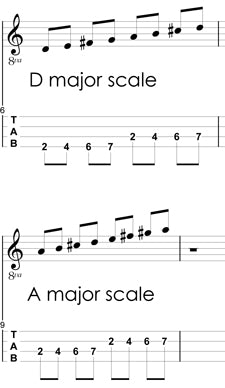 The same type of thing works with scalar patterns. The shape of a major scale on the fourth and third strings would be the same as if you moved it to another set of strings, let's say the third and second.
The same type of thing works with scalar patterns. The shape of a major scale on the fourth and third strings would be the same as if you moved it to another set of strings, let's say the third and second.
This allows you to transpose any lick anywhere on the neck without changing your fingerings. For instance, if you had a D chord lick, you could easily transpose that to an A chord lick by just moving it up one set of strings. This all greatly reduces the number of different fingerings you need to learn for different licks, scales, and chord shapes. The only downsides are that some classic guitar style blues licks are harder to reach, as well as the need to stretch a bit more to play a scale.
Check out a tenor banjo and its symmetrical tuning and see how much fun it can be.
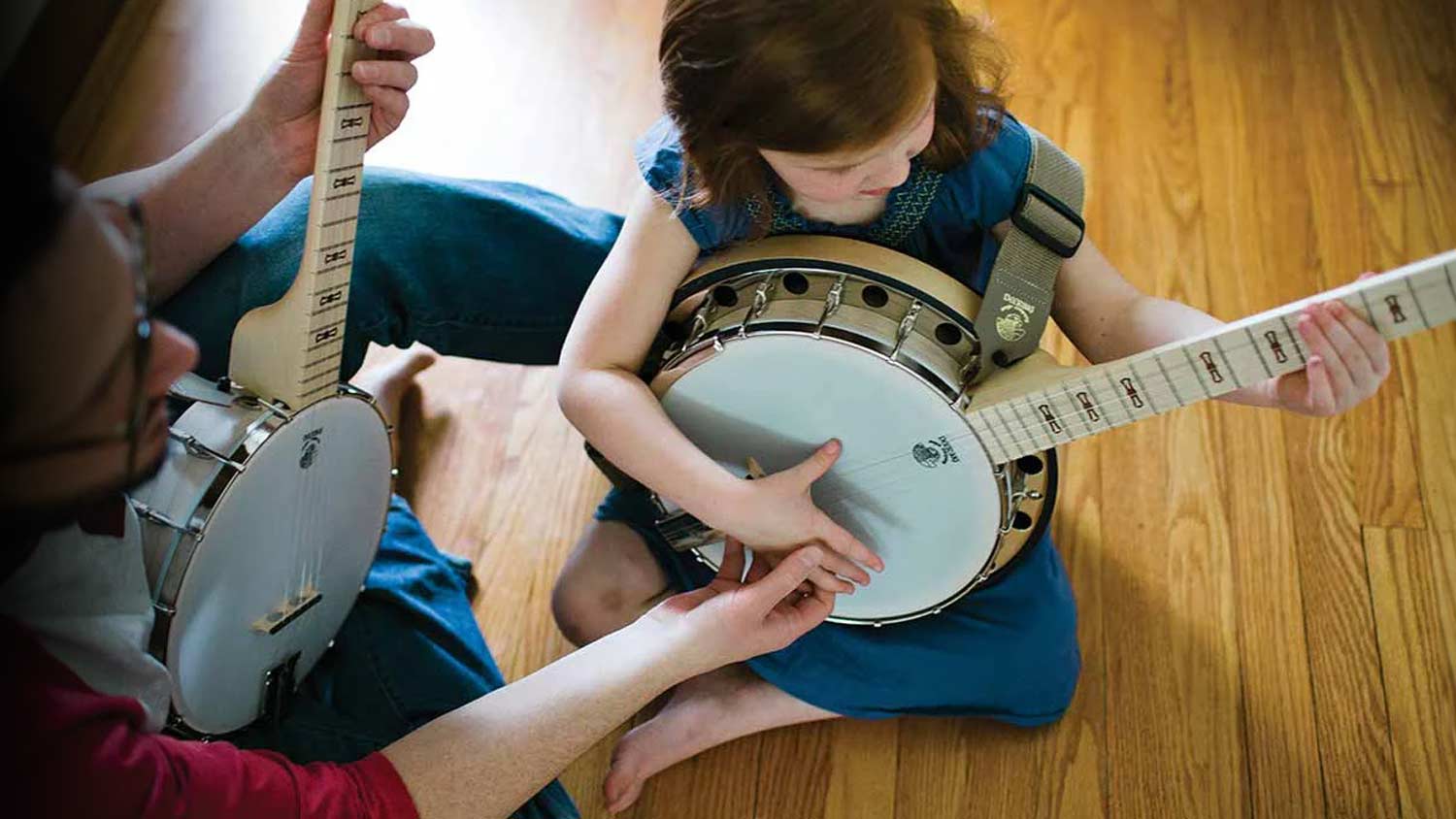



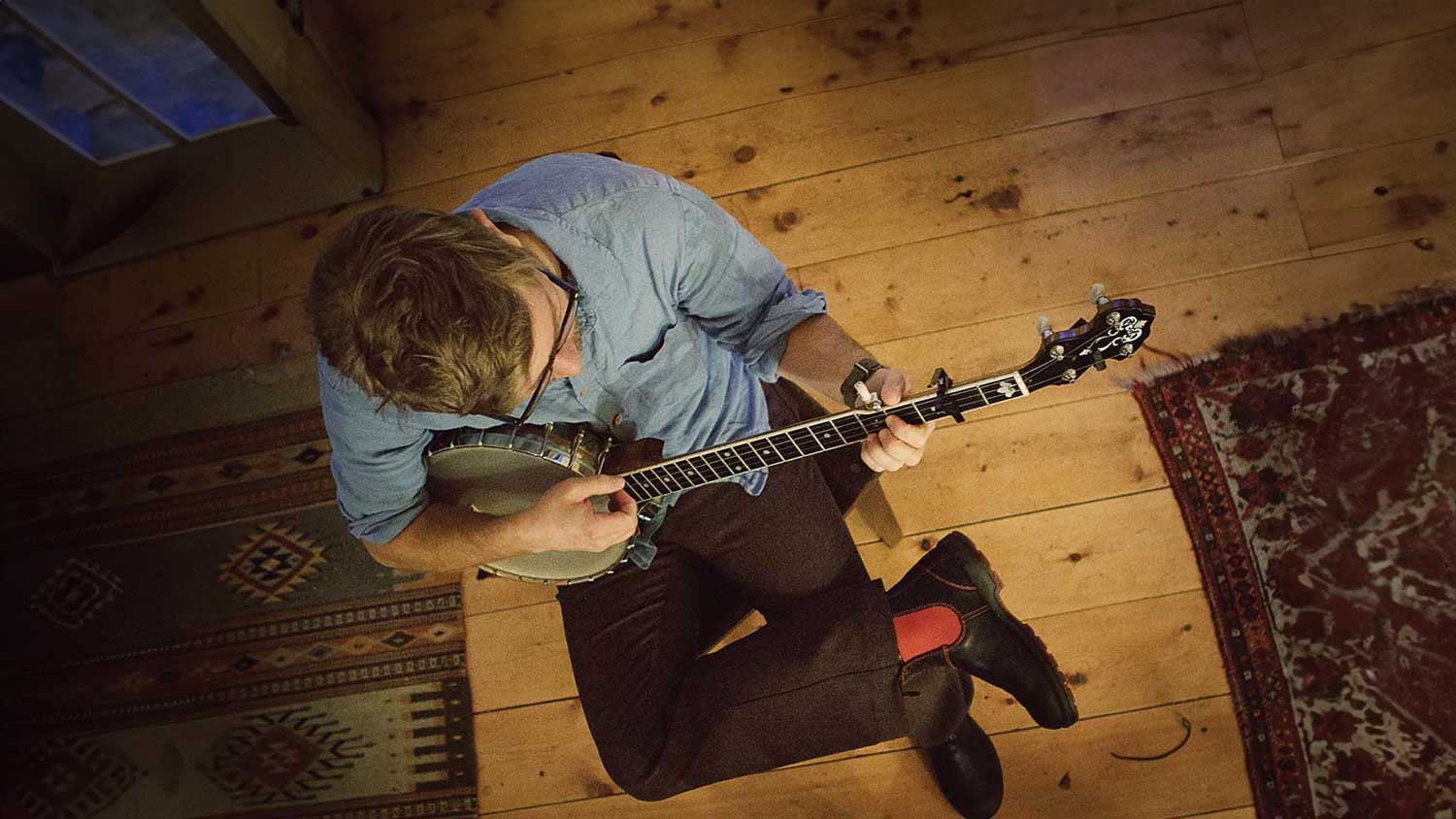
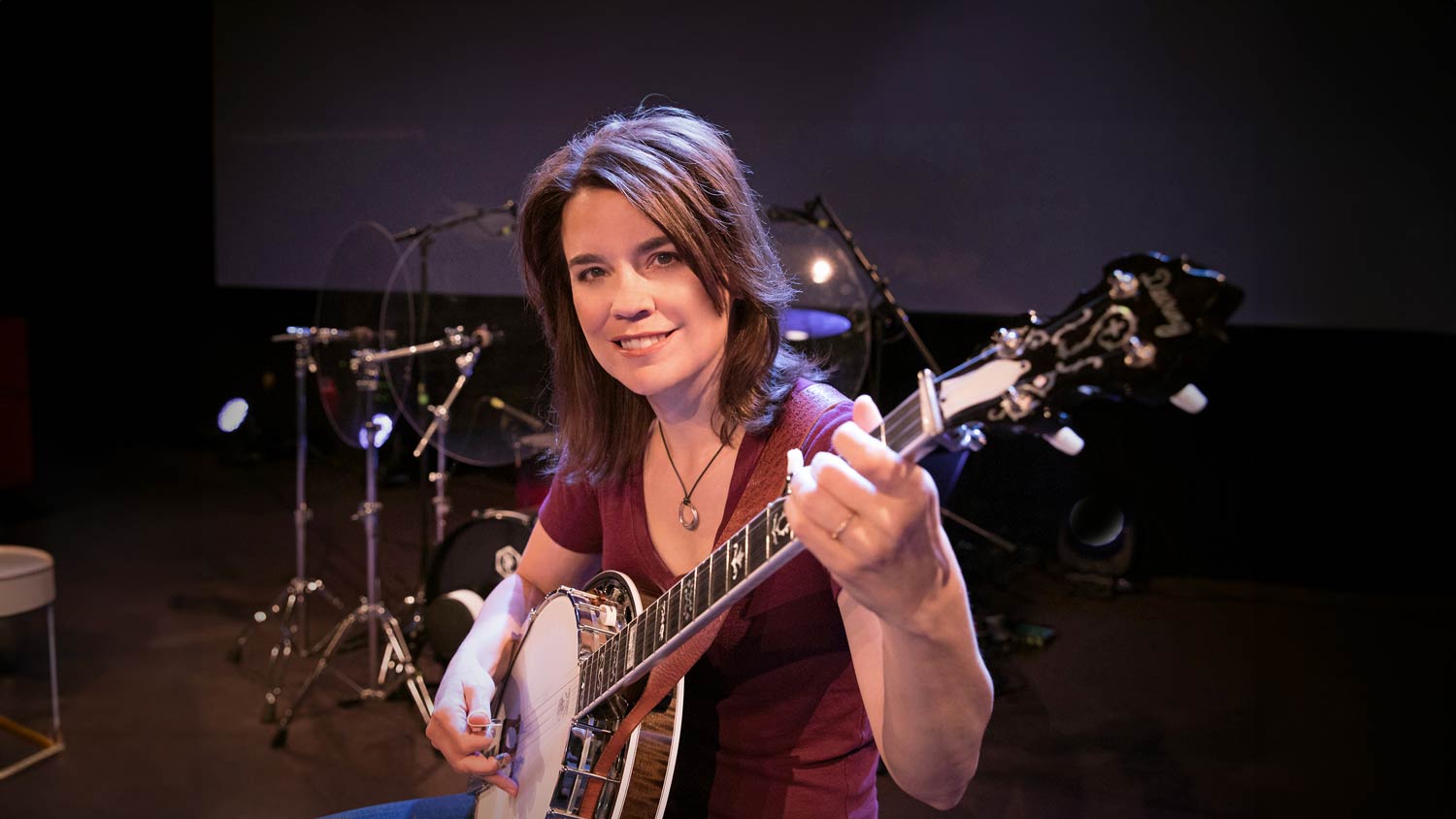

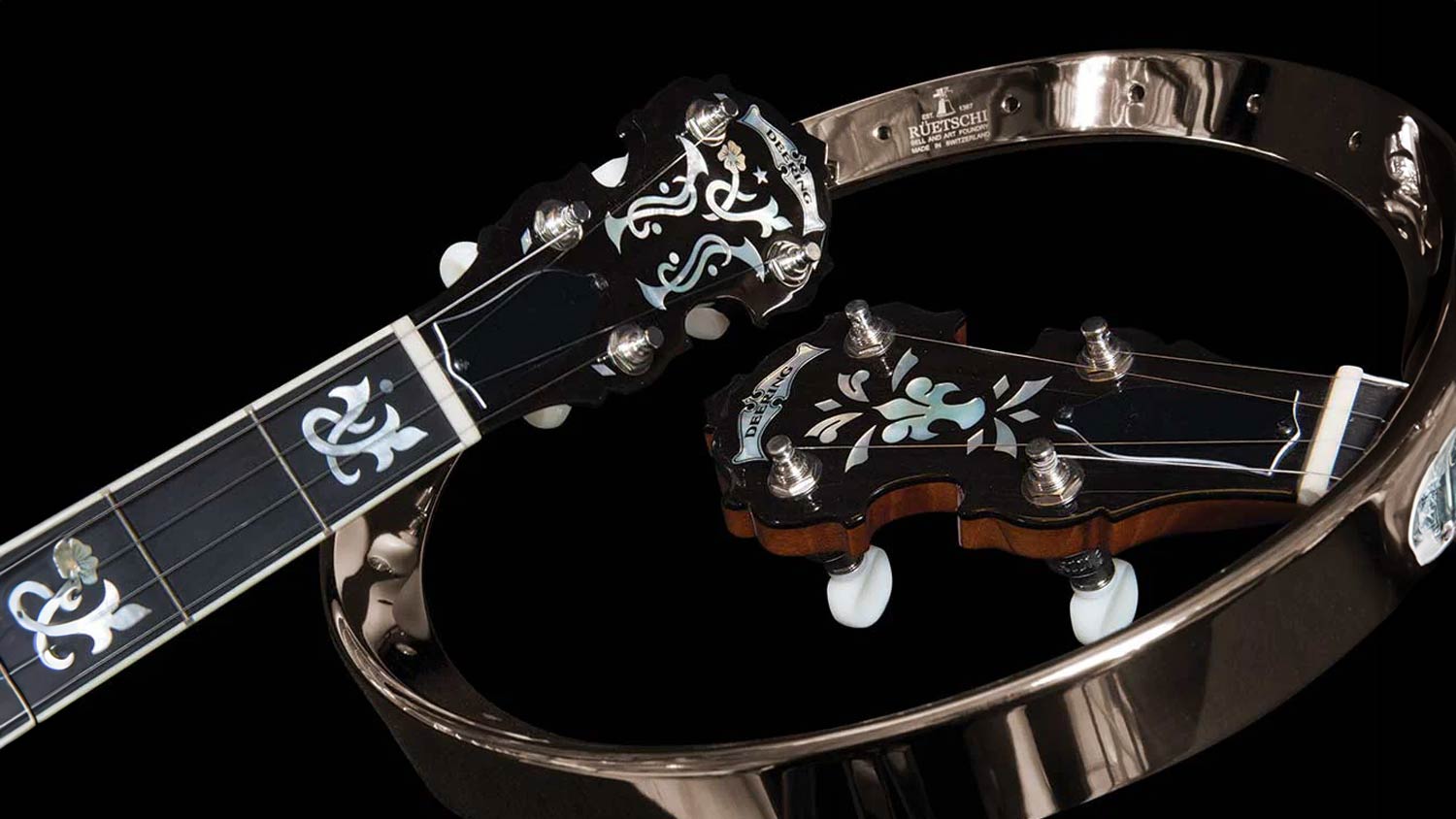

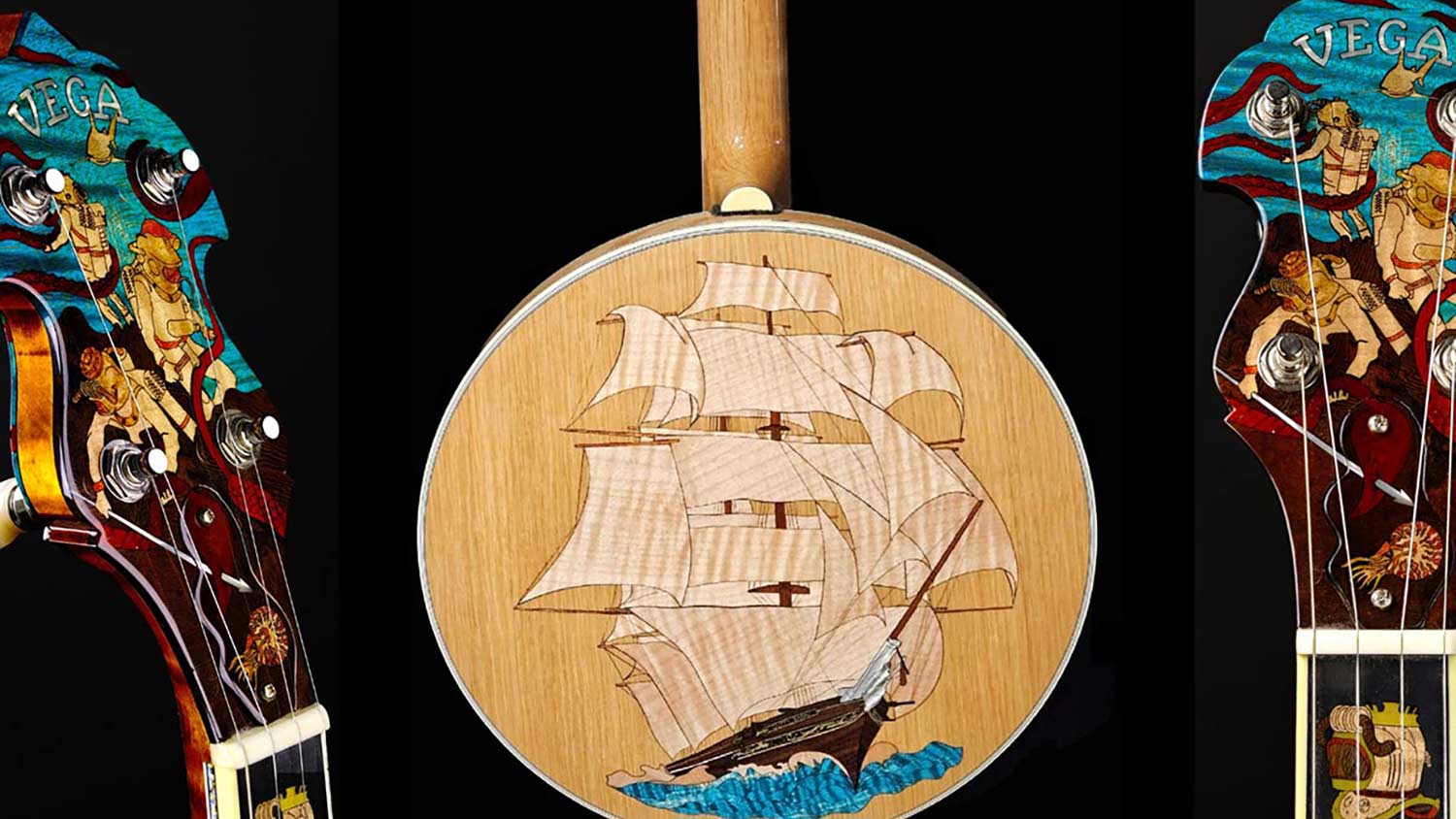







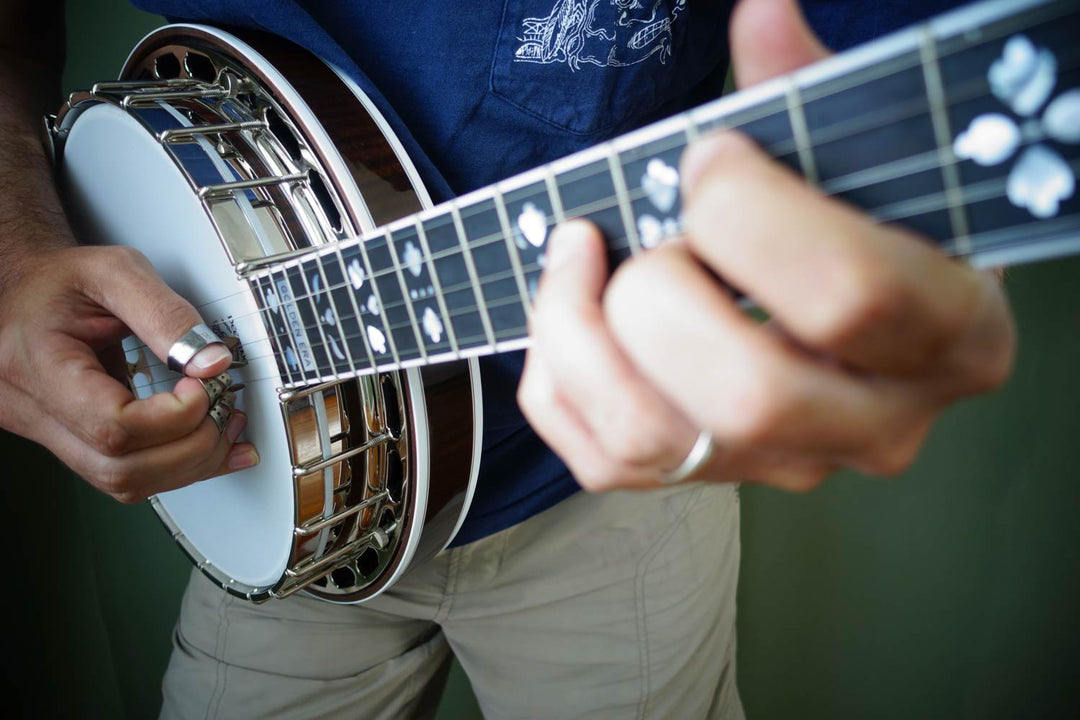
I have a Slingerland Maybelle short neck tenor banjo (15 frets) . Nobody makes a standard size synthetic head in an 8” size so I had to use a natural calfskin. I updated the tuners with Schaller planetary units. I have not found anybody else who tunes like I do; GD and one octave higher GD. Would be interested in hearing from someone else who has tried this tuning. I really enjoy this instrument that is open-backed, very light and portable with a bright loud voice. Great for fiddle and old-time tunes. JR
I have just pulled my uncles tenner from storage ,put a new skin and strings thought i might learn to play . Any suggestions ?
I have a may bell plentum tenor banjo quoted to be from 1920,s are there ay makings as to tell this and is it tuned as a5 string would be?
The problem of getting those “blues licks” on a four string banjo is eliminated by using what is referred to as “Chicago Tuning”. CT is using the top four strings of the guitar: E, B, G, D…Hi to Lo.
Is the tenor banjo tuned closest to the middle c on piano or an octave below?
Leave a comment